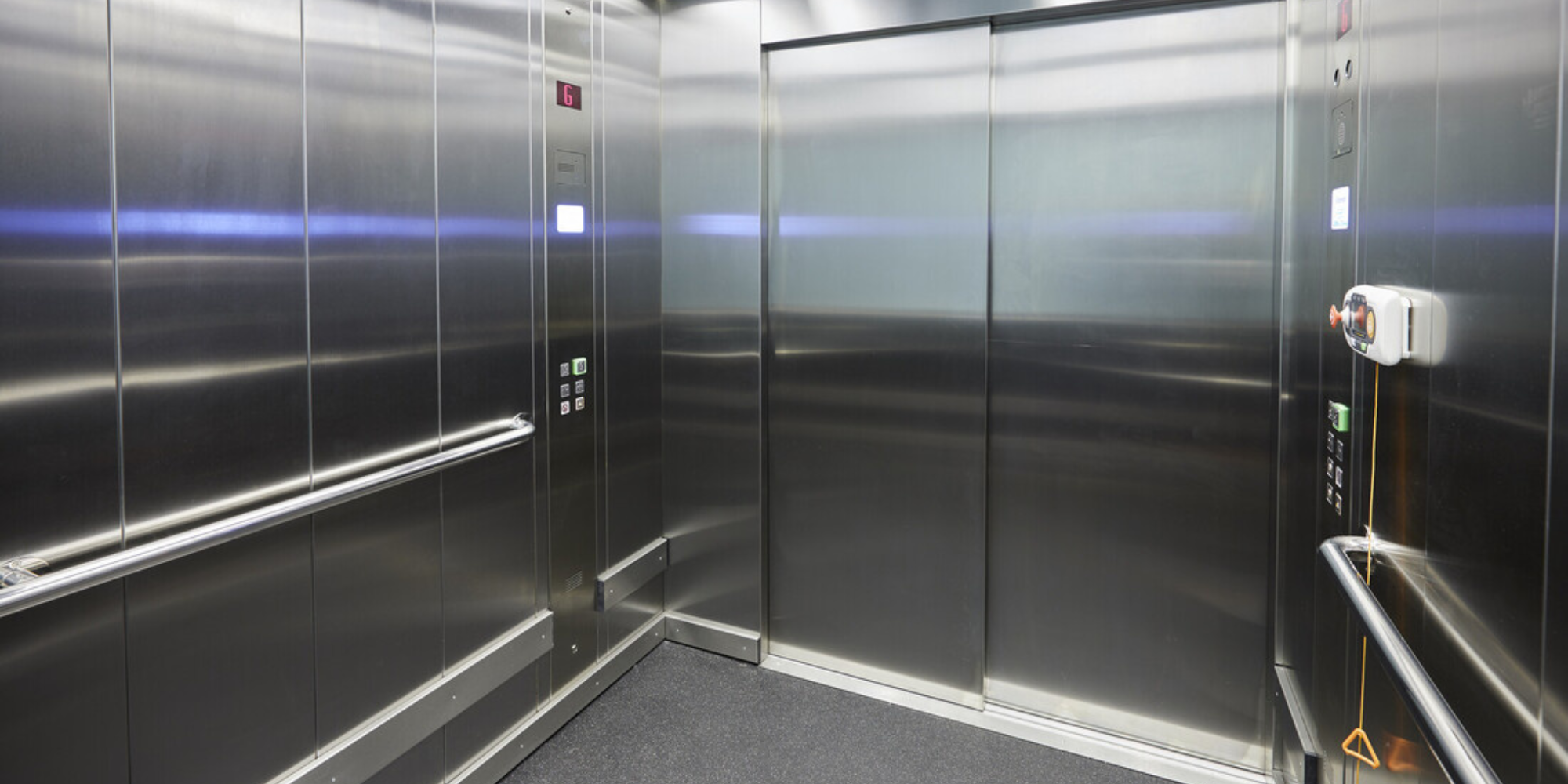Discover the most effective Disabled Platform Lifts Prices UK for Residential and Commercial Usage
Discover the most effective Disabled Platform Lifts Prices UK for Residential and Commercial Usage
Blog Article
Looking Into the World of Lifts: Typical Concerns Dealt With by Various Lift Systems
As we navigate with the upright transport systems of modern-day buildings, lifts stand out as an indispensable part of our day-to-days live. However, behind their smooth operation lies a globe of intricate systems that can sometimes come across obstacles. From hydraulic lifts to traction systems and machine-room-less layouts, each lift type includes its collection of common problems. Recognizing these challenges is essential for making certain the smooth functioning of these crucial systems. Allow's explore the complexities that underlie the procedure of lifts and the possible concerns that can develop, clarifying the detailed web of lift mechanisms.
Hydraulic Elevators
Hydraulic elevators, typically liked for low-rise structures, make use of fluid stress to regulate the activity of the lift vehicle (lift repair companies). This mechanism entails a hydraulic pump pushing oil into a cylinder, causing the elevator to relocate the preferred instructions. While hydraulic elevators are recognized for their smooth and silent procedure, they do feature their very own collection of typical concerns
One widespread issue with hydraulic elevators is oil leak. In addition, problems with the control system, such as defective valves or a malfunctioning pump, can create disruptions in the lift's activity.
Normal maintenance and prompt fixings are essential to guarantee the smooth functioning of hydraulic lifts. By attending to these typical issues proactively, structure owners can reduce downtime and make sure the safety and performance of their upright transportation system.
Grip Elevators
When taking into consideration vertical transport systems in buildings, an additional typical type in addition to hydraulic elevators is the grip lift. Traction lifts operate using a system of ropes and weights that relocate the elevator car by grasping onto the hoist ropes. This device permits smoother and much faster vertical transport compared to hydraulic systems.
Among the common problems faced by traction lifts is rope wear. The constant motion of the ropes within the grip system can result in deterioration gradually, possibly creating the elevator to breakdown or come to be risky for use. Normal assessments and upkeep of the ropes are essential to make certain the elevator's appropriate performance and safety and security.
Another problem that grip lifts might experience is connected to the control system. Problems with the control system can result in problems such as irregular movement, delays in reaction times, and even total closures. Normal testing and maintenance of the control system are important to protect against such issues and guarantee the elevator's dependability.
Machine-Room-Less (MRL) Elevators

One of the essential components of MRL lifts is the compact gearless grip machine that is installed within the hoistway. This maker efficiently drives the lift automobile without the demand for large tools discovered in typical traction lifts. Additionally, MRL elevators typically utilize a weight system to balance the auto, further boosting their power efficiency.
Despite their advantages, MRL elevators might encounter obstacles associated with upkeep and repair service due to the restricted room for tools installation. Availability for servicing parts within the shaft can be restricted, needing specialized training for specialists. Correct upkeep timetables and normal inspections are essential to make sure the ongoing smooth procedure of MRL elevators.
Overloading and Weight Limitation Issues
Are lifts furnished to take care of excess weight lots successfully and securely? Straining and weight restriction concerns are essential problems in lift procedures. Lift suppliers layout raises with certain weight capabilities to guarantee traveler safety and security and equipment long life. Going beyond these weight restrictions can cause different problems, including mechanical failings, hold-ups, and security threats.
When elevators are strained, it puts excessive strain on the motor, cables, and various other elements, potentially creating failures or malfunctions. If they discover excess weight, safety devices such as sensors and overload sensing units are in place to protect against elevators from relocating. Additionally, going beyond weight limitations can lead to raised energy intake and deterioration on the lift system.
To reduce straining issues, developing supervisors need to prominently present weight limits in lifts and enlighten residents on the relevance of adhering to these limitations - lift repair companies. Routine upkeep checks by certified specialists can additionally help guarantee that lifts are running within safe weight specifications. By resolving overloading and weight limit concerns proactively, building owners can boost lift safety and efficiency
Electrical System Failings
Surpassing weight limitations in elevators can not only lead to mechanical issues yet likewise potentially contribute to electrical system failings within the lift framework. Electric system failures are a vital issue in elevator procedure, as they can trigger unexpected shutdowns, breakdowns, or even safety threats.
In addition, power rises or fluctuations in the electrical supply can additionally disrupt the lift's operation, affecting its efficiency and security. These electrical disruptions can damage sensitive lift elements such as control panels, circuit boards, or sensors, bring about system failings. Normal upkeep and examinations are important to identify and address possible electrical concerns immediately, guaranteeing the secure and effective procedure of elevator systems. By sticking to weight limits and performing routine electric system checks, building owners can minimize the danger of electric failures in lifts.
Final Thought

Hydraulic elevators, often preferred for low-rise buildings, use fluid pressure to regulate the movement of the lift auto.When thinking about vertical transportation systems in structures, another typical kind aside from hydraulic elevators is the grip lift. Traction elevators run using a system of ropes and counterweights that relocate the lift automobile by clutching onto the hoist ropes. Unlike traditional lifts that call for a separate maker area to house the equipment, MRL elevators incorporate many of the parts within the shaft, eliminating the requirement for a committed device space.In verdict, lifts face typical problems such as hydraulic breakdowns, grip system failings, and electrical system problems.
Report this page